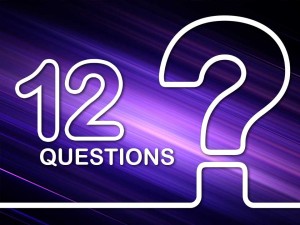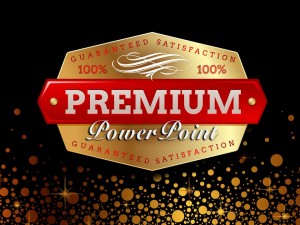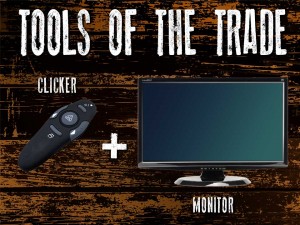The Magic of TED
Ah, the speaking business. There are a million experts, voices, tipsters and YouTube videos. Do this and, don’t ever, ever, do that.
I know. I claim to be one of them. I am constantly offering free but absolute advice about visuals, presentation skills, design and such. I try to catch myself with a common admonition to my readers to try something out. If it works for you, then great. If not, then there are lots of other pieces of advice about the same issue.
This past week I had the honor of designing slides and coaching a few TEDxPeachtree speakers here in Atlanta (Cara Turano Snow, above). It was that kind of experience for me that I know I will extract lessons from for many months to come.
Two initial truths I have concluded:
- There are a lot of ways to do this thing we call public speaking. A lot of ways to skin this cat. Maybe this is what attracts me to it with such a deep-felt zeal. There is no one path. For every “rule” you hear from an “expert” or see online there is someone out there who is breaking it and getting standing ovations (and probably millions of dollars).
- The one rule, however, that may be absolute is that the audience is always at the top of the list. It doesn’t matter who you are or how important your message, if you don’t inform, entertain or in some way add value to your audience then you have missed the mark.
I try to coach my clients and create their presentations to fit their individual skills and passions. Always while keeping the ultimate goal of providing something meaningful for the audience. It is not a perfect science. There were some bulls-eyes at TEDxPeachtree and there were some works-in-progress.
There may be a third truth:
- When you are at the front of the room and you command a group’s attention, when that connection occurs, when you say or show or create something that touches your audience and creates a deep, even emotional, bridge, then that is as good as it gets. It is like drugs for the presenter and it can be a life-expanding experience for the audience.
Maybe that is the real magic of TED.




